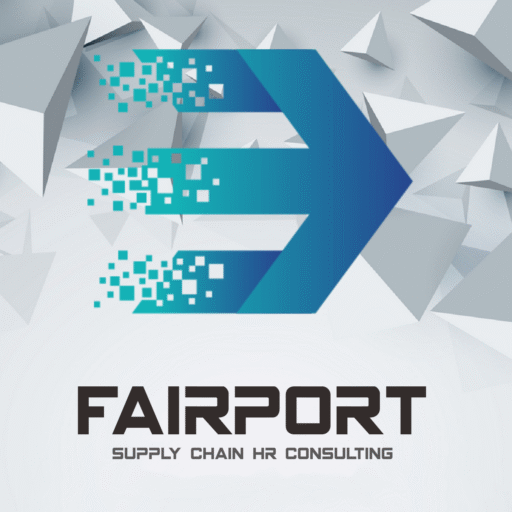From Traditional Recruiting to Talent Supply Chain Management
Applying supply-chain principles to attract, select, and retain talent strategically
1. Why change the model — three forces reshaping HR
Talent war
The skills mismatch has pushed average vacancy-coverage time up by 30 % (LinkedIn, 2024).
Next-gen HR Tech
ATS, HRIS, AI, and People Analytics now enable end-to-end digital workflows unimaginable just five years ago.
Strategic role of HR
Boards and investors expect hard metrics on hiring cost, quality, and retention.
Implication: reactive recruiting is no longer enough; organisations need a Talent Supply Chain Management (TSCM) model that plans, executes, and optimises continuously.
2. What Talent Supply Chain Management looks like
Planning
Goal: forecast head-count, skills, and budgets.
HR Tech: Workforce-planning tools, People Analytics.
Execution
Goal: run sourcing, selection, offers, and onboarding.
HR Tech: ATS, candidate CRM, online assessment platforms, digital onboarding solutions.
Optimisation
Goal: track KPIs, remove bottlenecks, and elevate the candidate experience.
HR Tech: real-time HR-analytics dashboards, AI/ML automation.
3. Measurable benefits
Time-to-hire ↓ 35 % (average across 34 companies, Deloitte HCT 2024)
Cost-per-hire ↓ 25 % via automation and targeted sourcing
Quality-of-hire ↑ 22 % at 12 months thanks to data-driven assessment
Candidate NPS ↑ 18 pts through CRM-based personalised communication
4. Challenges to navigate
System integration — APIs and data lakes to connect ATS, HRIS, and CRM
Data privacy & security — GDPR compliance, encryption, consent management
HR skill gap — upskilling in analytics and change management
Cultural shift — top-management sponsorship and KPIs shared with line managers
5. A practical four-step roadmap
Initial assessment of processes, KPIs, and tech stack
Business case outlining ROI on time-to-hire, cost, and quality
Pilot implementation (e.g., one business unit) to validate TSCM flows
Scalable roll-out with governance, training, and a Continuous Improvement Board
Conclusion
Moving from reactive recruiting to an integrated Talent Supply Chain is not an IT project but a paradigm shift that unites data, technology, and organisational culture. Companies embracing TSCM dramatically reduce time-to-hire and, above all, build a sustainable competitive advantage through their human capital.





